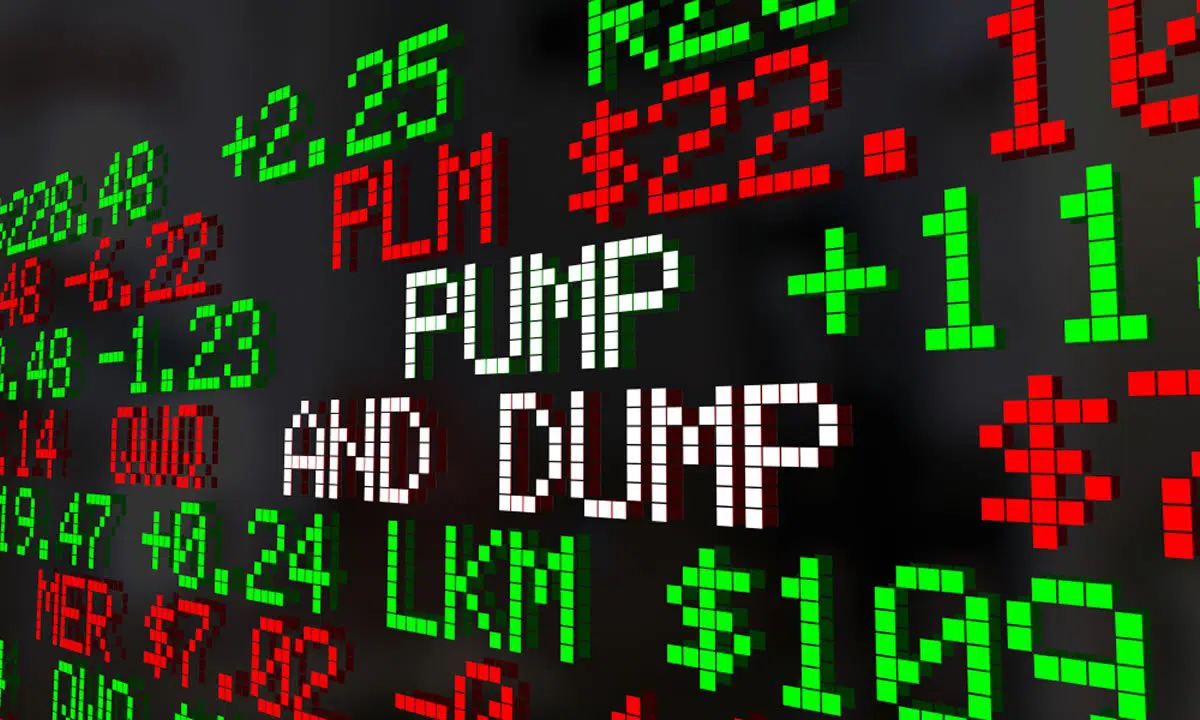
Understanding how a pump-and-dump scam works, why the cryptocurrency market is particularly susceptible, and how to identify a pump-and-dump will help you avoid getting fooled by these schemes.
How to spot a cryptocurrency pump-and-dump scam
It's easy to spot a cryptocurrency pump-and-dump scam after the fact. But that doesn't help cryptocurrency investors much when the carpet has been pulled and they are left with the sack in hand. It is helpful for investors to know the signs of a potential pump-and-dump scam before it actually occurs.
The first step to avoiding a pump-and-dump scam is to do research. If you see a relatively unknown cryptocurrency being advertised by strangers on the internet, don't rush in. Search for the token, find its white paper and read it. Find out who is behind it and what the goals are. You should do this for any cryptocurrency to determine if there is long-term value growth potential.
If the token has been around for some time but the development of the project seems to have disappeared, it's best to avoid it. If the project does not have a clear purpose, if it claims benefits that seem unrealistic, if its development roadmap is not well thought out, or if it is associated with previous bad actors, these are all red flags too.
If you don't usually follow influencers in the financial sector, especially cryptocurrency experts, but suddenly the people you follow are talking about a cryptocurrency, this is another big wake-up call. Ask yourself why this fashion influencer you follow is talking about a cryptocurrency.
If you discover a potential cryptocurrency investment on social media, it is best to check if the project has its own website and social media presence. Go directly to the source instead of relying on third party information.
Warn investors
If you don't find any red flags in the documentation or in the way the investment is promoted, take a look at how the cryptocurrency is traded. If the cryptocurrency is traded on a well-known stock exchange, it is more likely to be a safer investment. If, on the other hand, you have to investigate an unknown DeFi exchange, you will have to investigate the order book.
Most exchanges will show you all open orders for an asset as well as the order history. Check the trend of the trading volume. If the volume has recently increased and appears to be trending upward, be wary. If you see large walls of cryptocurrency on the buy side, it is possible that a large group is making sure that the price of the coin doesn't drop below that price. Likewise, large walls of vendors can be seen to make sure the price doesn't go up too fast as organizers grab the coin.
If you suspect a cryptocurrency is the subject of a pump-and-dump scam, it's best to avoid it. Without inside information it is impossible to know when the organizers intend to sell. However, if you have inside information, it is best to contact the Commodity Futures Trading Commission (CFTC) and provide it.
In late 2019, the CFTC issued a warning to warn investors of potential pump-and-dump scams. It offers rewards to all those who report scams. This means that you don't have to do anything illegal and that you could make more money as a whistleblower.
Again, remember that there is no total security from cryptocurrency investment scams. Pay close attention to how you engage with cryptocurrencies, regardless of the reputation of the cryptocurrency or the exchange.
